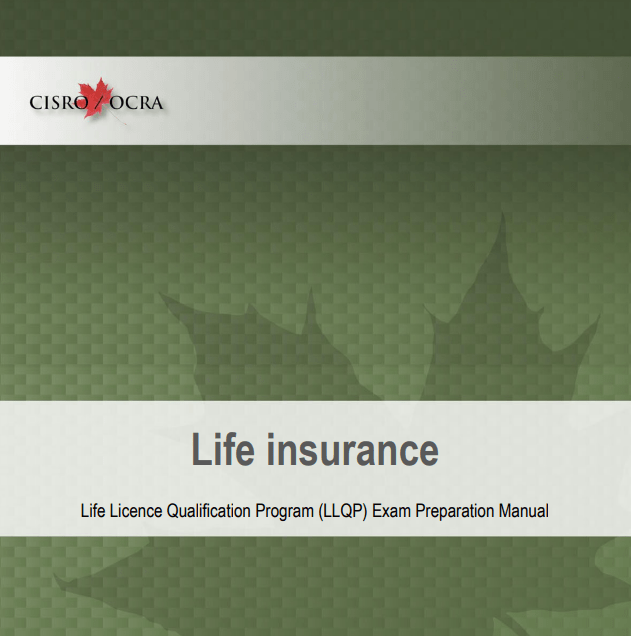Chapter 15: Property Valuation
July 17, 2023
- Detached
- Semi-detached
- Row-townhouses
- Condominium unit
- Duplexes, triplexes, fourplexes
- Co-operatives (co-ops)
- A corporate entity, often a non-profit, owns the land and the building, including each of the individual units in the building. A purchaser buys shares in the corporation and does not have individual ownership of their unit. Because there is no real property ownership a purchaser needs to get a loan to purchase the shares instead of a mortgage to purchase the property.
- Demographics
- Interest rates
- Government policies
- The economy
- Affordability
- Building permits
- Listings
- Land use regulations
- The cost to rebuild the home in case of damage, such as by fire (insurable value)
- A value so that a municipality can apply its property tax rate (taxation purposes)
- The price that a real estate investor would pay for a property based on his or her preferred rate of return (investment value)
- The amount that the property can obtain if sold (selling price)
- The future value of a property under construction (future price)
- The value of a property being expropriated by the Crown (expropriation value)
- The market value of a property for a Lender to decide on an appropriate loan amount for mortgage financing.
- The appraiser is the accredited individual who completes the appraisal report.
- The Appraisal Institute of Canada (AIC), Canadian National Association of Real Estate Appraisers (CNAREA), Ontario Real Estate Association and the Real Estate Institute of Canada.
- The AACI, P.App, CRA, DAR, DAC, CMAR, CAR, MVA or FRI.
- Price is what may be paid for a property while market value is The amount, in Canadian funds, for which a property should exchange on the date of valuation between a willing buyer and a willing seller in an arms-length transaction after proper marketing, where the buyer and seller have each acted knowledgably, prudently, and without pressure.
- There are three approaches that appraisers use to calculate the value of a property:
- Income Approach: this approach is typically used for commercial income producing properties, using the property’s income to determine the market value
- Cost Approach: this approach uses the cost of rebuilding the property less depreciation plus the value of the property. This is most widely used to confirm the value determined by the direct comparison approach as well as being used to determine the replacement value of a building for insurance purposes
- Direct Comparison Approach: This approach uses the theory of substitution, comparing similar properties that have recently sold to the property being appraised. The Direct Comparison Approach is the most appropriate for mortgage financing and is therefore relied heavily upon in the appraisal report
- If the comparable characteristic is superior to the subject, subtract from the comparable property’s value
- If the comparable characteristic is inferior to the subject, add to the comparable property’s value
- AVMs can provide quick, basic property values, however they are prone to producing values that may or may not actually be representative of the subject property since an AVM cannot make adjustments for the physical condition of the property.
- Considered to offer the most information and therefore the highest level of protection for the Lender, the Full Appraisal is the appraisal of choice for Lenders who rely heavily on the property as security and less on the personal covenant of the Borrower.
- This is most widely used to confirm the value determined by the direct comparison approach as well as being used to determine the replacement value of a building for insurance purposes
- CMHC’s ‘emili’ and Sagen’s ‘MySagen’ are automated programs that will underwrite an application from a lender and make a decision to approve or decline mortgage default insurance. Part of these programs determines whether the property value, as disclosed in the mortgage application, is appropriate for the area in which the property resides. Since there is no physical inspection of the property, the same risks inherent in AVMs are applicable to these risk assessment tools.





